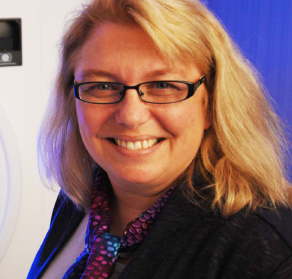Adult depression has long been associated with shrinkage of the hippocampus, a brain region that plays an important role in memory and response to stress. Now, new research from Washington University in St. Louis has linked participation in team sports to larger hippocampal volumes in children and less depression in boys ages 9 to 11.
“Our findings are important because they help illuminate the relationships between involvement in sports, volume of a particular brain region and depressive symptoms in kids as young as nine,” said Lisa Gorham, lead author of the study and a senior majoring in cognitive neuroscience in Arts & Sciences.

“We found that involvement in sports, but not non-sport activities such as music or art, is related to greater hippocampal volume in both boys and girls, and is related to reduced depression in boys,” Gorham said.
These relationships were particularly strong for children participating in sports that involved structure, such as a school team, a non-school league or regular lessons, as compared to more informal engagement in sports, according to the study, which is forthcoming in the journal Biological Psychiatry: Cognitive Neuroscience and Neuroimaging.

The findings raise the intriguing possibility that there is some added benefit of the team or structured component of sports, such as the social interaction or the regularity that these activities provide, said Deanna Barch, senior author on the study, chair of the Department of Psychological & Brain Sciences in Arts & Sciences and the Gregory B. Couch Professor of Psychiatry at Washington University School of Medicine in St. Louis.
The study is based on a nationwide sample of 4,191 children ages 9-11 years from the Adolescent Brain and Cognitive Development Study. Parents provided information on their child’s participation in sports and other activities and on depressive symptoms. Brain scans of the children provided data on their bilateral hippocampal volume.